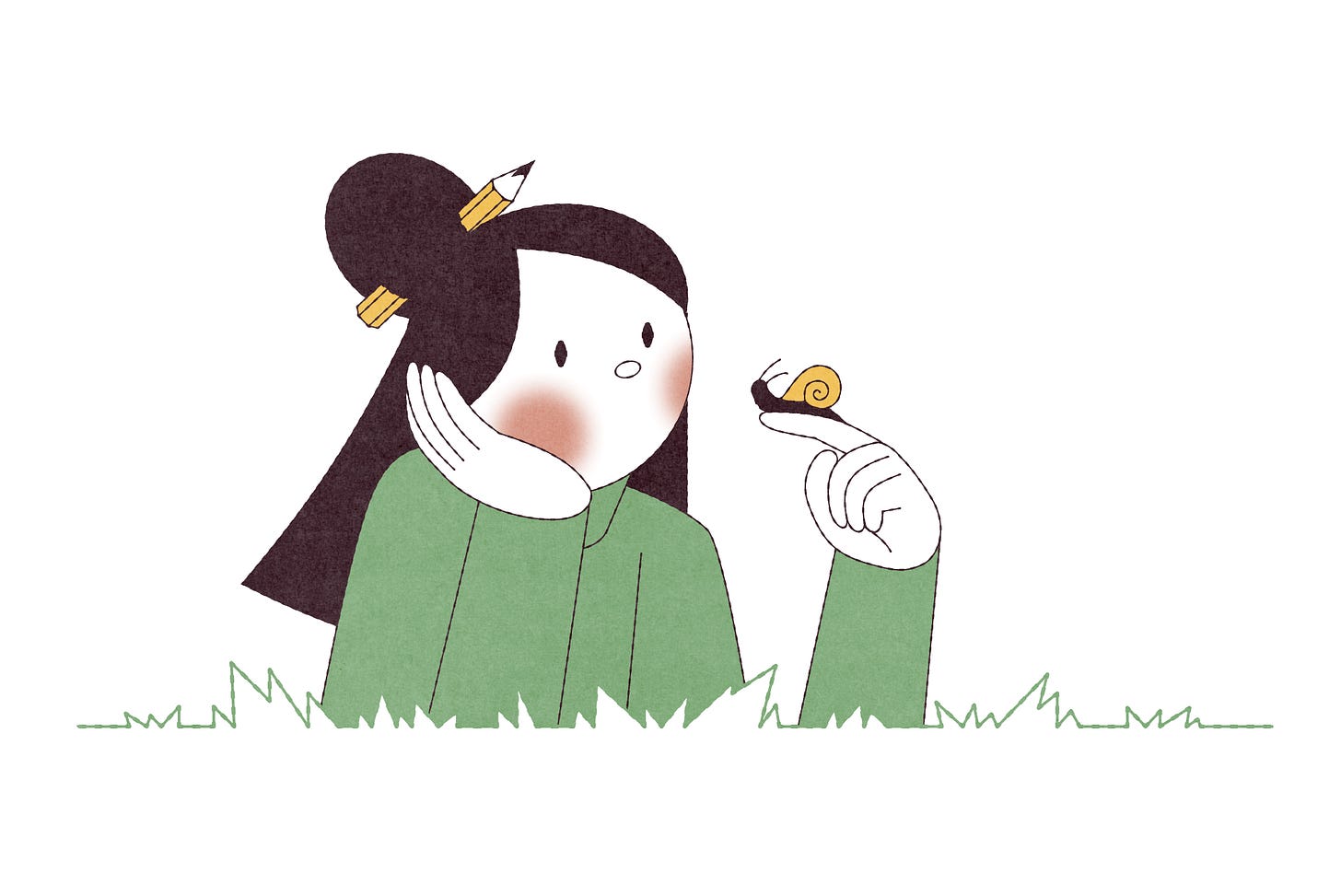This Will Change How You Write About Your Life Forever
Lesson 1 of Quiet Writing: Crafting Stories from Everyday Moments with Andrea A. Firth

Keep reading with a 7-day free trial
Subscribe to The Forever Workshop to keep reading this post and get 7 days of free access to the full post archives.

